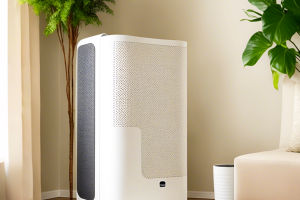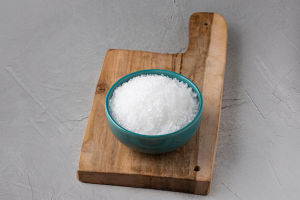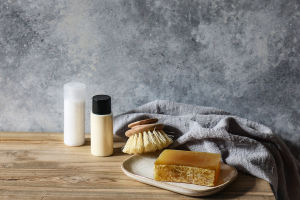
Condensation is a common issue in many households that often goes unnoticed. It occurs when moisture in the air settles on colder surfaces, such as windows, walls, or ceilings, forming droplets of water.
If left unaddressed, condensation can lead to structural damage and health concerns. Factors like indoor temperature, poor ventilation, and the use of heating devices can exacerbate this issue.
To prevent condensation, Lykkers, it is important to implement practical strategies that tackle the problem from different angles.
Effective Temperature Management
One of the most effective ways to prevent condensation is by controlling the internal temperature of your home. Maintaining a stable, moderate temperature helps keep surfaces from becoming too cold, reducing the chances of moisture buildup.
Proper insulation, especially in areas like kitchens and bathrooms, can significantly cut down on condensation. Simple practices, such as using curtains or blinds to trap heat inside, also help to avoid the cooling effects of outside temperatures.
Using Dehumidifiers
Dehumidifiers are another highly effective solution for managing excessive moisture in the air. These devices extract excess humidity, keeping it below the critical threshold that leads to condensation.
It’s essential to choose a dehumidifier suitable for the size of the room and place it strategically in areas prone to higher moisture, like basements or bathrooms. This can significantly reduce the buildup of dampness and help maintain a drier environment.
Ventilation: A Key Factor
Proper ventilation is crucial in the fight against condensation. A well-ventilated space allows humid air to escape while bringing in fresh, dry air from outside.
Natural ventilation, such as opening windows and doors after activities that generate moisture, like cooking or showering, is an effective way to promote air circulation. Installing exhaust fans in kitchens and bathrooms can further facilitate this process, helping to keep the air dry and fresh.
In modern homes, which are often built with highly insulating materials, mechanical ventilation systems can be a smart investment. These systems help to introduce fresh air while removing stale air, maintaining thermal comfort without compromising on ventilation.
Innovative Approaches to Prevent Condensation
Apart from conventional methods, there are innovative solutions to help reduce condensation. For example, special paints designed to act as moisture barriers are available. These coatings can be applied to both interior and exterior walls to create a surface that prevents the formation of moisture. Although these treatments may require an initial investment, their long-term benefits make them worthwhile.
Another unique approach involves using plants for air purification. Certain types of plants, like the Snake Plant or Pothos, are known for their ability to absorb excess moisture from the air. Strategically placing these plants around your home not only adds aesthetic appeal but also contributes to maintaining a drier indoor environment.
Regular Maintenance to Prevent Moisture Issues
Often overlooked, regular maintenance of the home’s structure is vital for preventing moisture-related problems. Ensuring that window seals and weatherstripping are in good condition helps block the entry of moisture from outside. It’s also important to check pipes and heating systems for leaks that could lead to increased humidity levels.
By addressing these issues proactively, homeowners can prevent moisture buildup and ensure that their living spaces remain dry and healthy.
Conclusion
Managing condensation is essential for maintaining a comfortable and healthy living environment. By implementing preventive measures, using modern technology, and paying attention to the design and upkeep of the space, homeowners can effectively reduce moisture and avoid damage to their property. With simple adjustments, it’s possible to keep the home dry and ensure daily well-being for all who live there.


